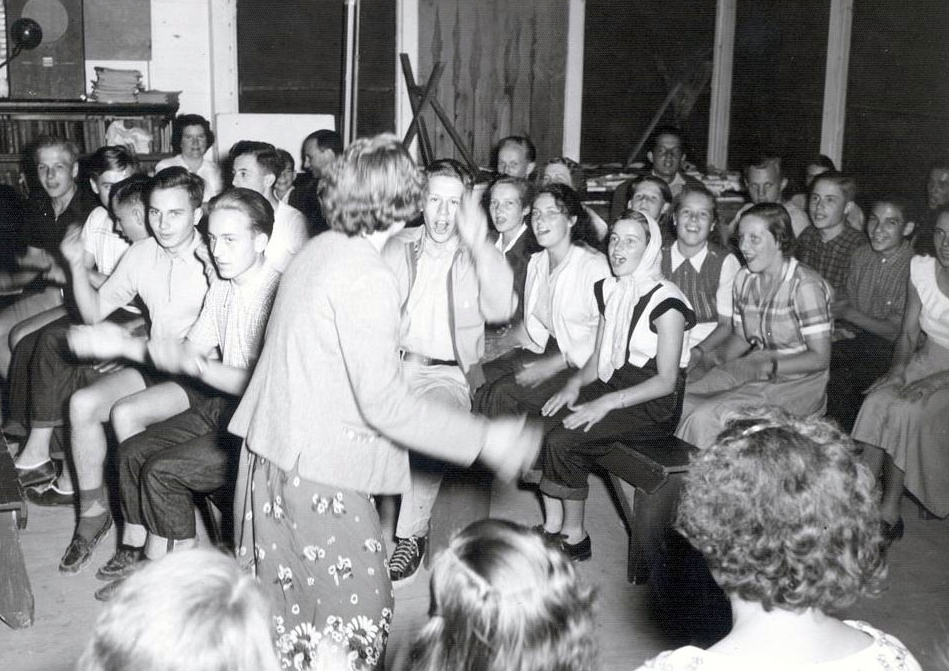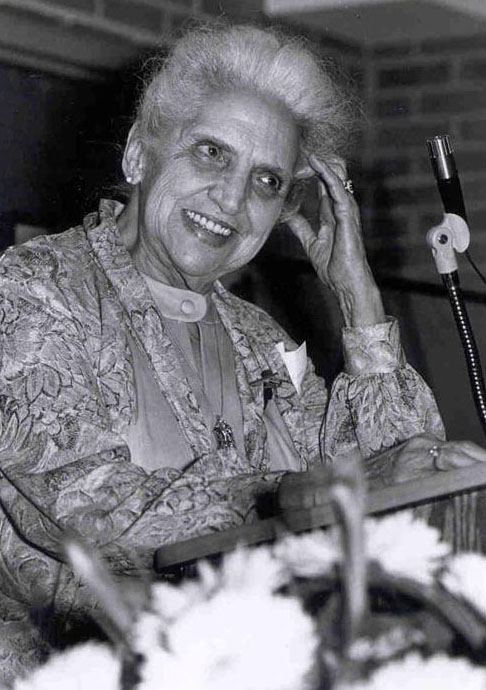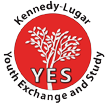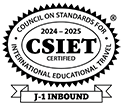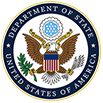
Through the exchange experience, YFU students gain intercultural understanding, learn mutual respect, and develop a sense of social responsibility. Their experience abroad gives them leadership competencies necessary to meet the challenges and benefit from the opportunities of a fast-changing global community.
YFU’s history began very humbly in the United States in 1951 in an effort to heal the wounds of World War II. Understanding that the hardships prevalent in Germany after World War II were having devastating effects on the country’s youth, placing them in a cycle of bitterness, hopelessness, and despair, American minister John Eberly made a proposal to church leaders. He asked to bring teenagers from war-torn Germany to the United States to live with a family and attend high school for a year. By teaching a group of young people how families lived together in the United States, the hope was that they would be motivated to go back to Germany and rebuild the country as a democracy, according to what they had observed while living in the United States.

